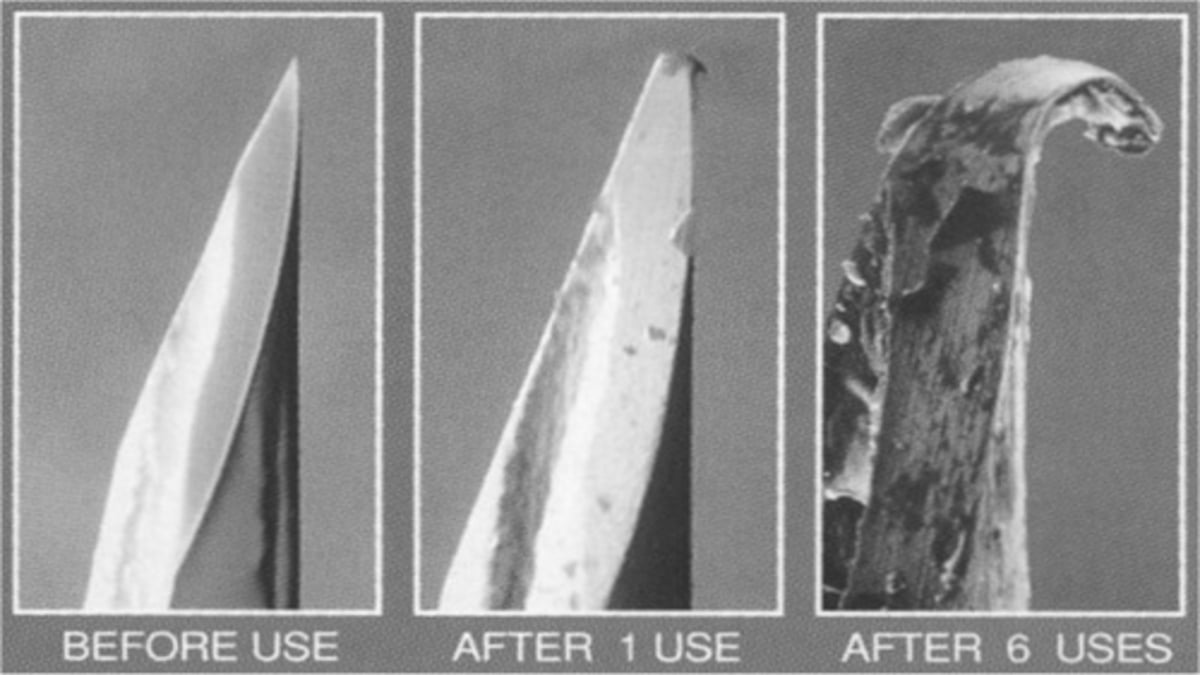Dos
- Maintain hand hygiene(use Soap and water or alcohol rub)
- Use alcohol swab to clean the site for Injection and plain sterile swab for vaccinations
- Do disinfect the skin at the vein puncture site
- After giving injection, if using Re use prevention syringe, break the plunger of syringe and needle through hub cutter.
- Where recapping of a needle is unavoidable, do use the one-hand scoop technique
- Seal the sharps container with a tamper-proof lid
- Ensure One needle, One Syringe and One patient
- Take post exposure prophylaxis, in case of needle stick Injuries and blood & Body splash
- Do report to higher authority as per PEP
Dont’s
- Don’t forget to clean your hands
- Don’t presoak cotton wool in container.
- Don’t re use a syringe, needle or lancet for more than one patient.
- Don’t use a single loaded syringe to administer medication to several patients.
- Don’t touch the puncture site after disinfecting it.
- Don’t change the needle in order to reuse the syringe
- Don’t use the sme mixing syringe to reconstitute several vials.
- Don’t leave an unprotected needle lying outside anywhere
- Don’t overfill or decant a sharp container
- Don’t suck blood from the site of needle prick and don’t squeeze out the blood
- Don’t delay PEP for HIV beyond 72 hours, then PEP for HIV is NOT effective
SAFE INJECTION PRACTICES
The following recommendations apply to the use of needles, cannulas that replace needles, and, where applicable intravenous delivery systems.
- Use aseptic technique to avoid contamination of sterile injection equipment.
- Do not administer medications from a syringe to multiple patients, even if the needle or cannula on the syringe is changed. Needles, cannulae and syringes are sterile, single-use items; they should not be reused for another patient nor to access a medication or solution that might be used for a subsequent patient.
- Consider using newer injection device technologies wherever possible.
- Use fluid infusion and administration sets (i.e., intravenous bags, tubing and connectors) for one patient only and dispose appropriately after use. Consider a syringe or needle/cannula contaminated once it has been used to enter or connect to a patient s intravenous infusion bag or administration set. Use single-dose vials for parenteral medications whenever possible.
- Do not administer medications from single-dose vials or ampules to multiple patients or combine leftover contents for later use.
- If multi dose vials must be used, both the needle or cannula and syringe used to access the multi dose vial must be sterile.
- Do not keep multi dose vials in the immediate patient treatment area and store in accordance with the manufacturer’s recommendations; discard if sterility is compromised or questionable.
- Do not use bags or bottles of intravenous solution as a common source of supply for multiple patients. Infection control practices for special lumbar puncture procedures.
- Wear a surgical mask when placing a catheter or injecting material into the spinal canal or subdural space (i.e., during myelograms, lumbar puncture and spinal or epidural anesthesia.
FOLLOW SEVEN RS
- Right medication
- Right dose
- Right patient and site
- Right time
- Right route of administration
- Right documentation and
- Right disposal
